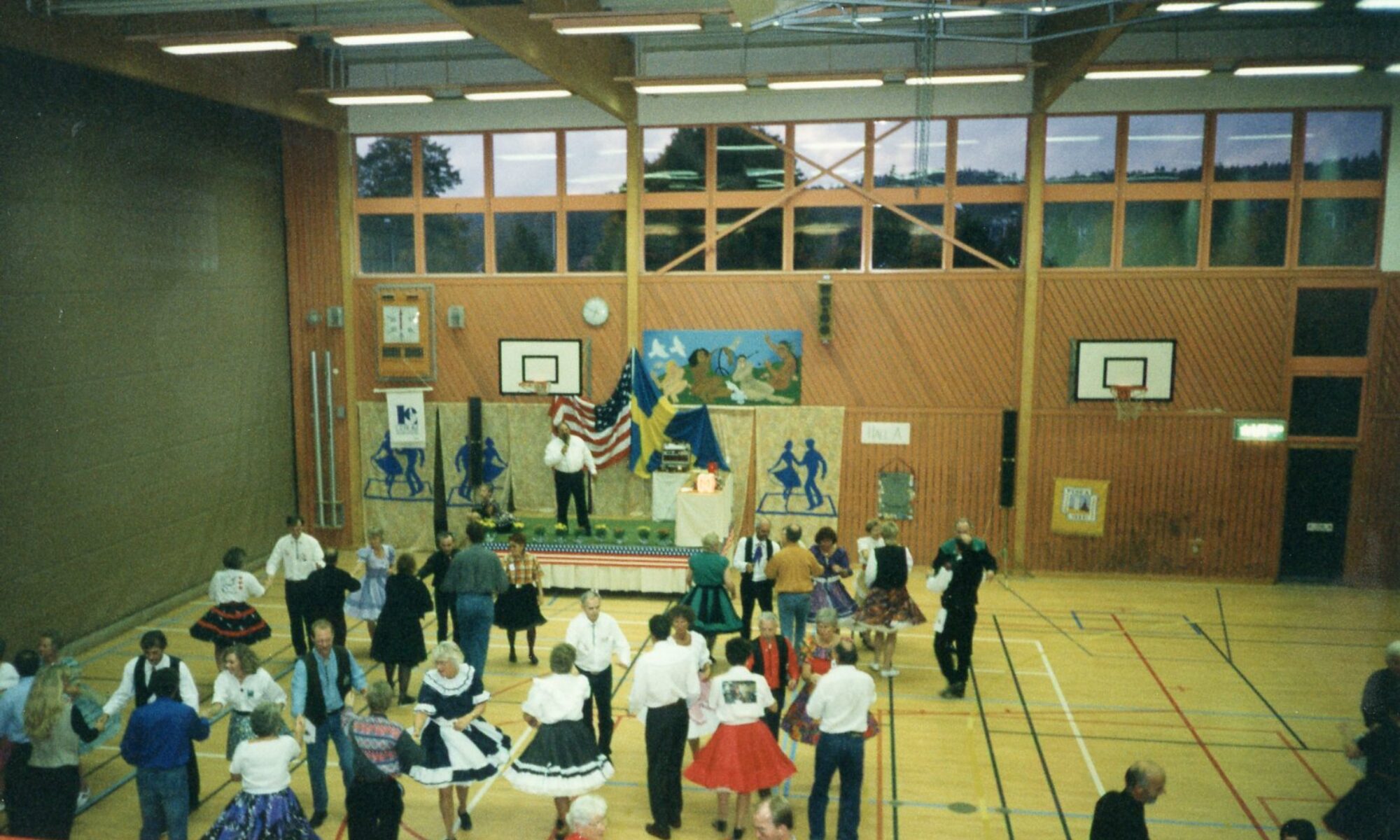Physicists on the Countrywide Institute of Requirements and Engineering (NIST) have measured and managed a superconducting quantum little bit (qubit) working with light-conducting fiber as a substitute for metal electrical wires, paving how to packing one million qubits into a quantum laptop rather then only a few thousand. The demonstration is explained inside the March twenty five difficulty of Mother phd education nature.Superconducting circuits really are a top rated technologies for doing quantum computer systems as a result of they are really trustworthy and simply mass manufactured. But these circuits needs to work at cryogenic temperatures, and schemes for wiring them to room-temperature electronics are elaborate and susceptible to overheating the qubits. A universal quantum home computer, able of solving any kind of issue, is expected to wish about one million qubits. Traditional cryostats — supercold dilution refrigerators — with metal wiring can only help 1000’s for the most.
Optical fiber, the backbone of telecommunications networks, offers a glass or https://www.phdresearch.net/ plastic main which could carry a large volume of light alerts without having conducting heat. But superconducting quantum computers use microwave pulses to retail outlet and approach material. Therefore the mild has to be converted exactly to microwaves.To unravel this problem, NIST scientists combined the fiber accompanied by a few other regular components that convert, convey https://designlab.wisc.edu/audio-essay and evaluate gentle within the degree of one particles, or photons, which could then be readily converted into microwaves. The platform worked and steel wiring and taken care of the qubit’s fragile quantum states.
”I suppose this advance may have significant affect because it brings together two thoroughly distinct technologies, photonics and superconducting qubits, to unravel an exceedingly fundamental dilemma,” NIST physicist John Teufel claimed. ”Optical fiber may also carry far far more facts inside of a a great deal smaller sized quantity than traditional cable.”
The ”transmon” qubit utilized in the fiber experiment was a tool known being a Josephson junction embedded inside of a three-dimensional reservoir or cavity. This junction is composed of two superconducting metals separated by an insulator. Below a number of illnesses an electrical active can cross the junction and could oscillate back and forth. By making use of a certain microwave frequency, researchers can generate the qubit relating to low-energy and fired up states (one or 0 in digital computing). These states are according to the amount of Cooper pairs bound pairs of electrons with opposite houses that have ”tunneled” over the junction.The NIST staff performed two different types of experiments, employing the photonic connection to make microwave pulses that either measured or controlled the quantum condition of your qubit. The strategy is based on two interactions: The frequency at which microwaves obviously bounce back and forth from the cavity, known as the resonance frequency, depends about the qubit point out. And the frequency at which the qubit switches states depends in the range of photons inside the cavity.
Researchers usually launched the experiments that has a microwave generator. To control the qubit’s quantum condition, devices identified as electro-optic modulators converted microwaves to larger optical frequencies. These light alerts streamed by way of optical fiber from room temperature to 4K (minus 269 ?C or minus 452 ?F) right down to twenty milliKelvin (thousandths of a Kelvin) where exactly they landed in high-speed semiconductor photodetectors, which transformed the light alerts back again to microwaves which were then despatched for the quantum circuit.
